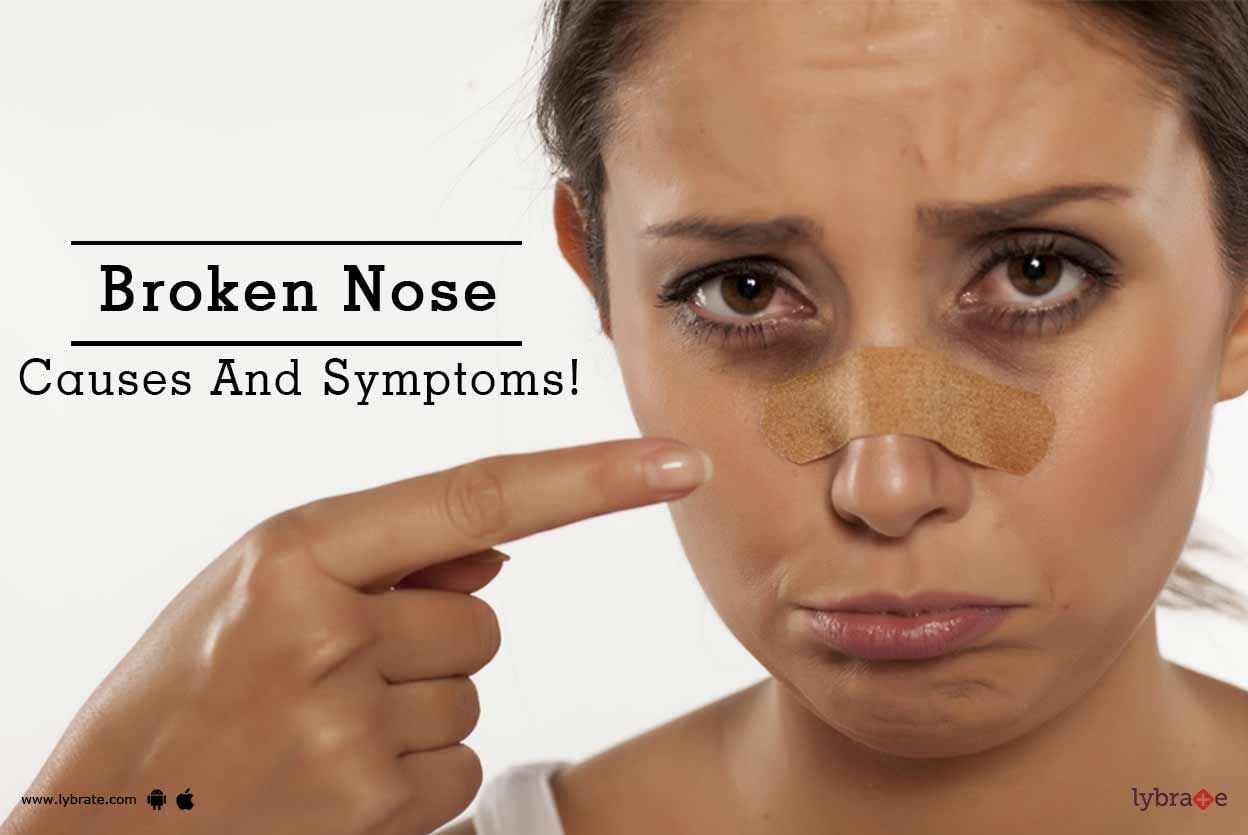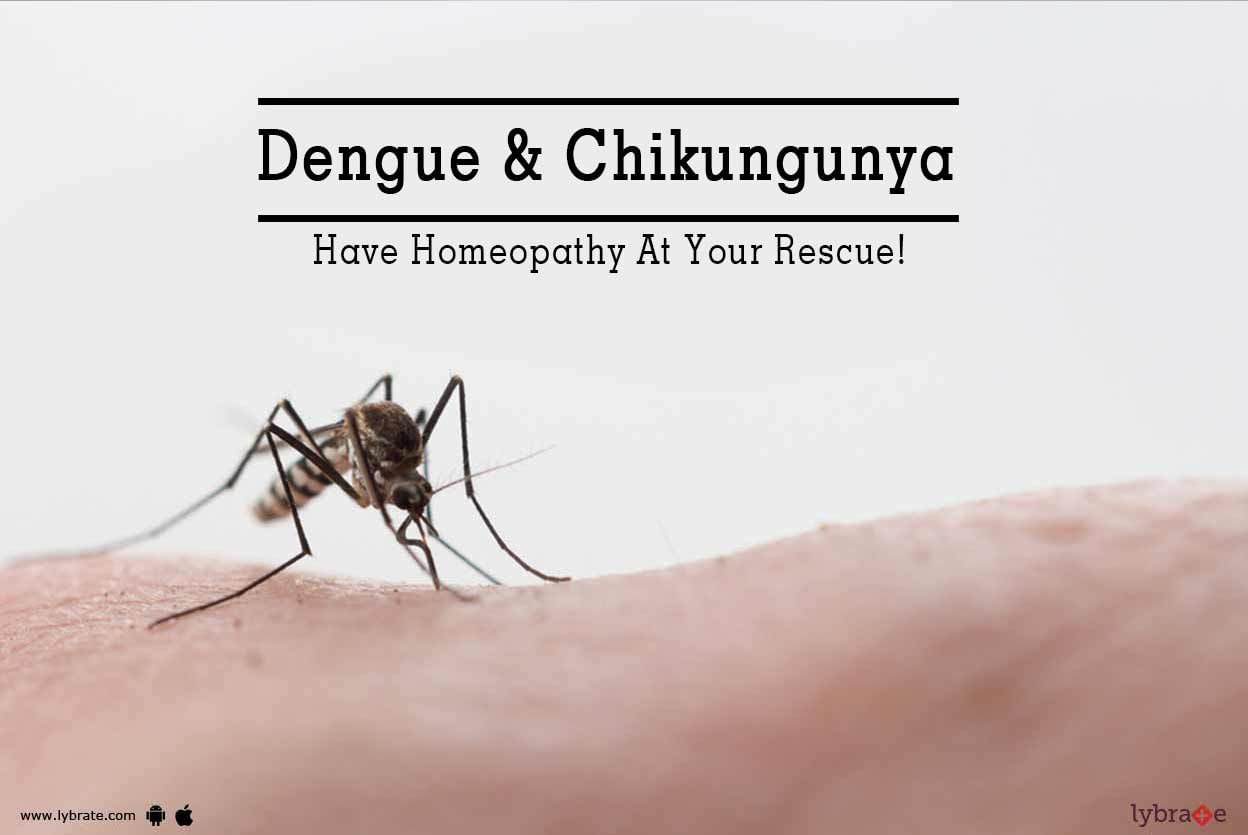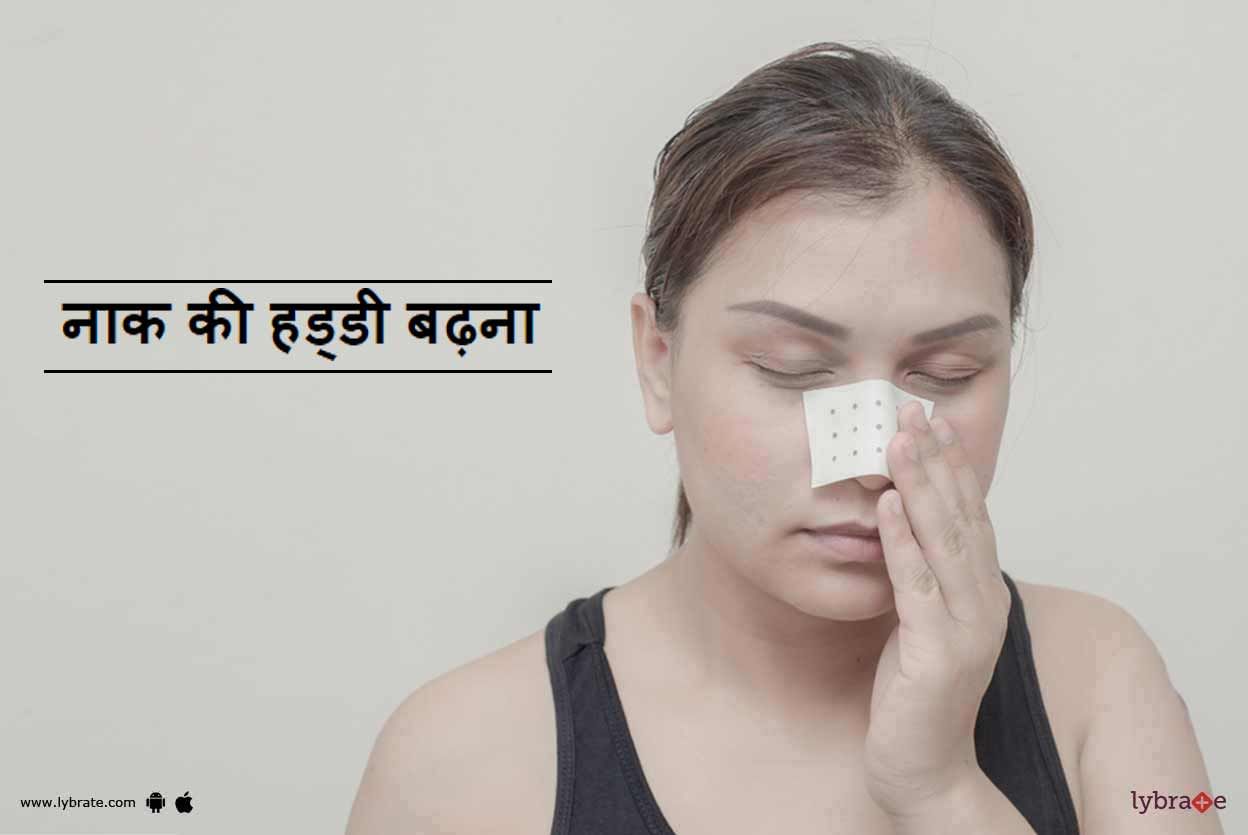Get the App
For Doctors
Login/Sign-up
Health Feed
Find Doctors
Health Packages
AllQ&AsTipsQuizzes
Nose Bleed Tips
Last Updated: 6 years ago• Featured Tip
Share
Bookmark
Report
MD - Internal Medicine, MBBS, Nephrology...read more
General Physician•Roorkee
Nosebleeds can be frightening and dramatic. Luckily, most cases of nosebleeds can be dealt with fair ease. Nosebleeds can be classified into two types depending upon the origin of the nose bleed, namely anterior and posterior.
Anterior bleed is the most common, and the bleeding is from a blood vessel which is present in the front part of the nose. These bleeds can be easily controlled by simple measures taken by doctors or at home.
Posterior nose bleeds are usually indicative of som...more
Anterior bleed is the most common, and the bleeding is from a blood vessel which is present in the front part of the nose. These bleeds can be easily controlled by simple measures taken by doctors or at home.
Posterior nose bleeds are usually indicative of som...more
Last Updated: 6 years ago• Featured Tip
Share
Bookmark
Report
Multi Speciality•Chandigarh
Nosebleeds can be frightening and dramatic. Luckily, most cases of nosebleeds can be dealt with fair ease. Nosebleeds can be classified into two types depending upon the origin of the nose bleed, namely anterior and posterior.
Anterior bleed is the most common, and the bleeding is from a blood vessel which is present in the front part of the nose. These bleeds can be easily controlled by simple measures taken by doctors or at home.
Posterior nose bleeds are usually indicative of som...more
Anterior bleed is the most common, and the bleeding is from a blood vessel which is present in the front part of the nose. These bleeds can be easily controlled by simple measures taken by doctors or at home.
Posterior nose bleeds are usually indicative of som...more
Last Updated: 6 years ago• Featured Tip
Share
Bookmark
Report
A nosebleed also called epistaxis medically is normally not dangerous, but if you are old nosebleeds come with a number of risks. Treating a bloody nose incorrectly can only make it more dangerous, because of prolonged bleeding. Before we explain the ways to stop nosebleeds, let s take a look at its causes:
Nosebleeds usually start from just inside the entrance of the nostril. But, why? Because the blood vessels here are quite fragile and are also prone to rupture easily. This is the reason ...more
Nosebleeds usually start from just inside the entrance of the nostril. But, why? Because the blood vessels here are quite fragile and are also prone to rupture easily. This is the reason ...more
Last Updated: 6 years ago• Featured Tip
Share
Bookmark
Report
Bleeding from the nose in medical terminology is called 'Epistaxis'. It may be an indicator of weakened mucosa or septum or an inner disease. Bleeding from nose can occur suddenly, threatening life and making everyone anxious and restless. The nose comprises of many tiny vessels that bleed easily. Air movement through the nose can dry up and irritate the membranes lining the inside of the nose thus leading to the formation of crusts. These crusts bleed when irritated by rubbing or blowing the no...more
Last Updated: 6 years ago• Featured Tip
Share
Bookmark
Report
Nosebleeds can be frightening and dramatic. Luckily, most cases of nosebleeds can be dealt with fair ease. Nosebleeds can be classified into two types depending upon the origin of the nose bleed, namely anterior and posterior.
Anterior bleed is the most common, and the bleeding is from a blood vessel which is present in the front part of the nose. These bleeds can be easily controlled by simple measures taken by doctors or at home.
Posterior nose bleeds are usually indicative of som...more
Anterior bleed is the most common, and the bleeding is from a blood vessel which is present in the front part of the nose. These bleeds can be easily controlled by simple measures taken by doctors or at home.
Posterior nose bleeds are usually indicative of som...more
Last Updated: 6 years ago• Featured Tip
Share
Bookmark
Report
DNB (ENT), MBBS, MNAMS - Otorhinolaryngo...read more
ENT Specialist•Gurgaon
There are various kinds of nosebleeds that can be caused by a variety of conditions. While some of them may not be too serious, one must never ignore heavy and persistent nosebleeds. These nosebleeds are usually of two kinds: anterior nosebleeds, and posterior nosebleeds. While 90% of all nosebleeds are anterior nosebleeds, the posterior nosebleeds are far less common and may be slightly more serious in nature.
An anterior nosebleed is usually caused in the blood vessels that lie on the...more
An anterior nosebleed is usually caused in the blood vessels that lie on the...more
Last Updated: 6 years ago• Featured Tip
Share
Bookmark
Report
A broken nose, often referred to as a fractured nose or a nasal fracture,is a crack or break in the bones of your nose. The bone that is more prone to getting fractured is the one over the bridge of the nose.
Causes
There can be a lot of reasons for a broken nose. Common causes include falling down on your face or the nose being hit by a blunt object. Your nose may look twisted and you might have trouble breathing. A nasal fracture can cause pain in the nose and is usually accompanied by...more
Causes
There can be a lot of reasons for a broken nose. Common causes include falling down on your face or the nose being hit by a blunt object. Your nose may look twisted and you might have trouble breathing. A nasal fracture can cause pain in the nose and is usually accompanied by...more
Last Updated: 6 years ago• Featured Tip
Share
Bookmark
Report
Many surveys have proved that homeopathic medicines are extremely effective in treating all these cases of viral fever related to Dengue and Chikungunya, thereby help in restoring the health of the patient. Let us see one by one how homeopathy can help in the prevention and cure of both:
Dengue:
Dengue is a mosquito-borne infectious disease, which causes flu-like symptoms. The disease is caused by 4 different viruses and is spread by the Aedes species of mosquitos. Dengue affects yo...more
Dengue:
Dengue is a mosquito-borne infectious disease, which causes flu-like symptoms. The disease is caused by 4 different viruses and is spread by the Aedes species of mosquitos. Dengue affects yo...more
Last Updated: 6 years ago• Featured Tip
Share
Bookmark
Report
नाक की हड्डी, नाक के अंदर श्वसनमार्ग की सतह में "टर्बिनेट" नामक एक लम्बी बनावट को कहते हैं. इसका काम नाक के अंदर जाने वाली हवा को गर्म और नम बनाने का है. कई बार यह टर्बिनेट बड़ा हो जाता है और ये नाक में जाने वाली हवा में रुकावट पैदा करने लगते हैं. इस समस्या को ही बोलचाल की भाषा में 'नाक की हड्डी बढ़ना' और चिकित्स्कीय भाषा में टर्बिनेट हाइपरट्रोफी कहा जाता है. इस समस्या से सांस लेने में समस्याएं, इन्फेक्शन और नाक से खून आना जैसे लक्षण हो सकते हैं. साइनस इन्फेक्शन, एलर्जी और वातावरण में परिवर्तन स...more
Last Updated: 6 years ago• Featured Tip
Share
Bookmark
Report
A broken nose often referred to as a fractured nose or a nasal fracture is a crack or break in the bones of your nose. The bone that is more prone to getting fractured is the one over the bridge of the nose.
Causes-
There can be a lot of reasons for a broken nose. Common causes include falling down on your face or the nose being hit by a blunt object. Your nose may look twisted and you might have trouble breathing. A nasal fracture can cause pain in the nose and is usually accompani...more
Causes-
There can be a lot of reasons for a broken nose. Common causes include falling down on your face or the nose being hit by a blunt object. Your nose may look twisted and you might have trouble breathing. A nasal fracture can cause pain in the nose and is usually accompani...more
Book appointment with top doctors for Nose Bleed treatment
View fees, clinic timings and reviews
Ask a free question
Get FREE multiple opinions from Doctors
posted anonymously





















